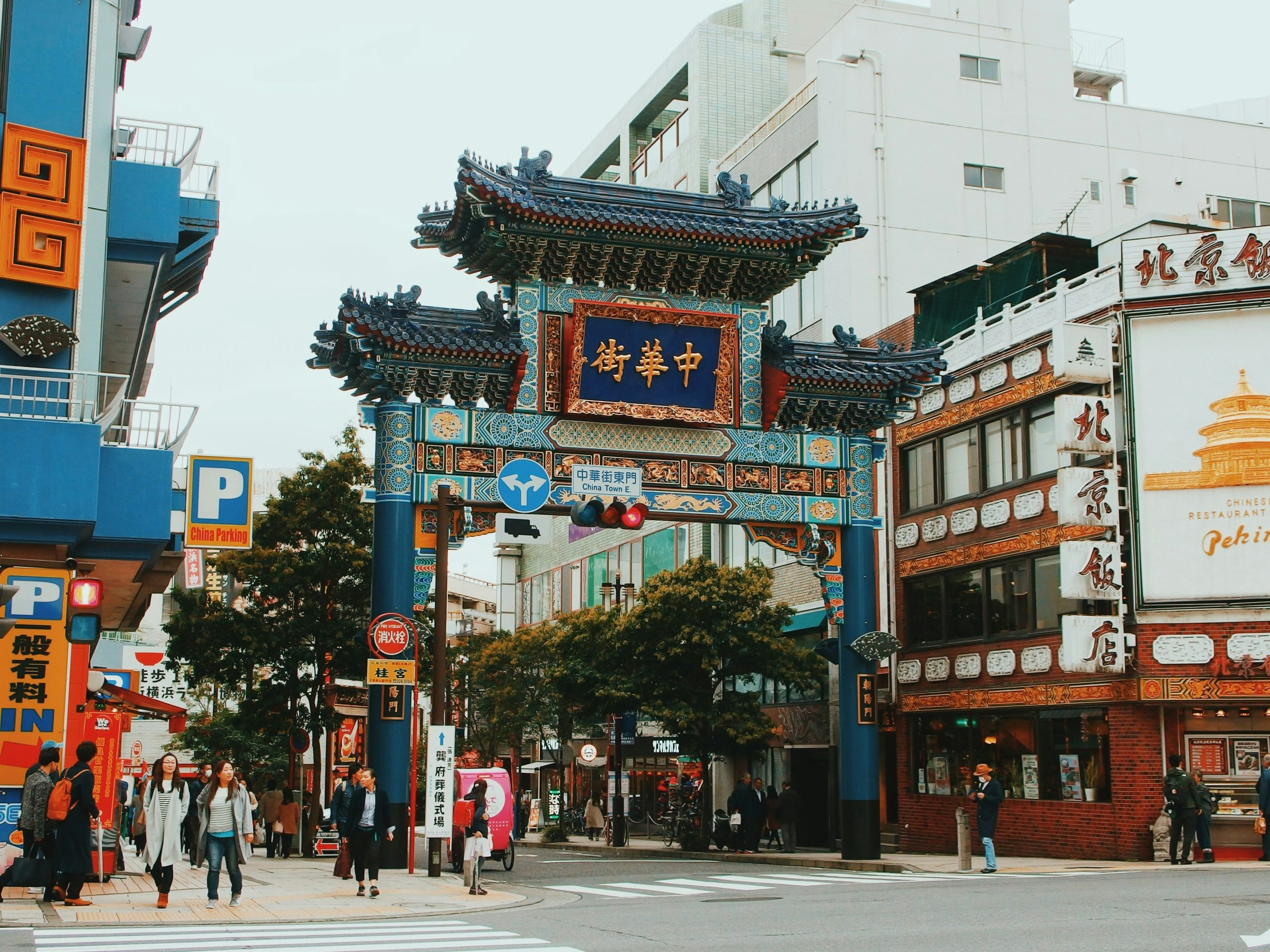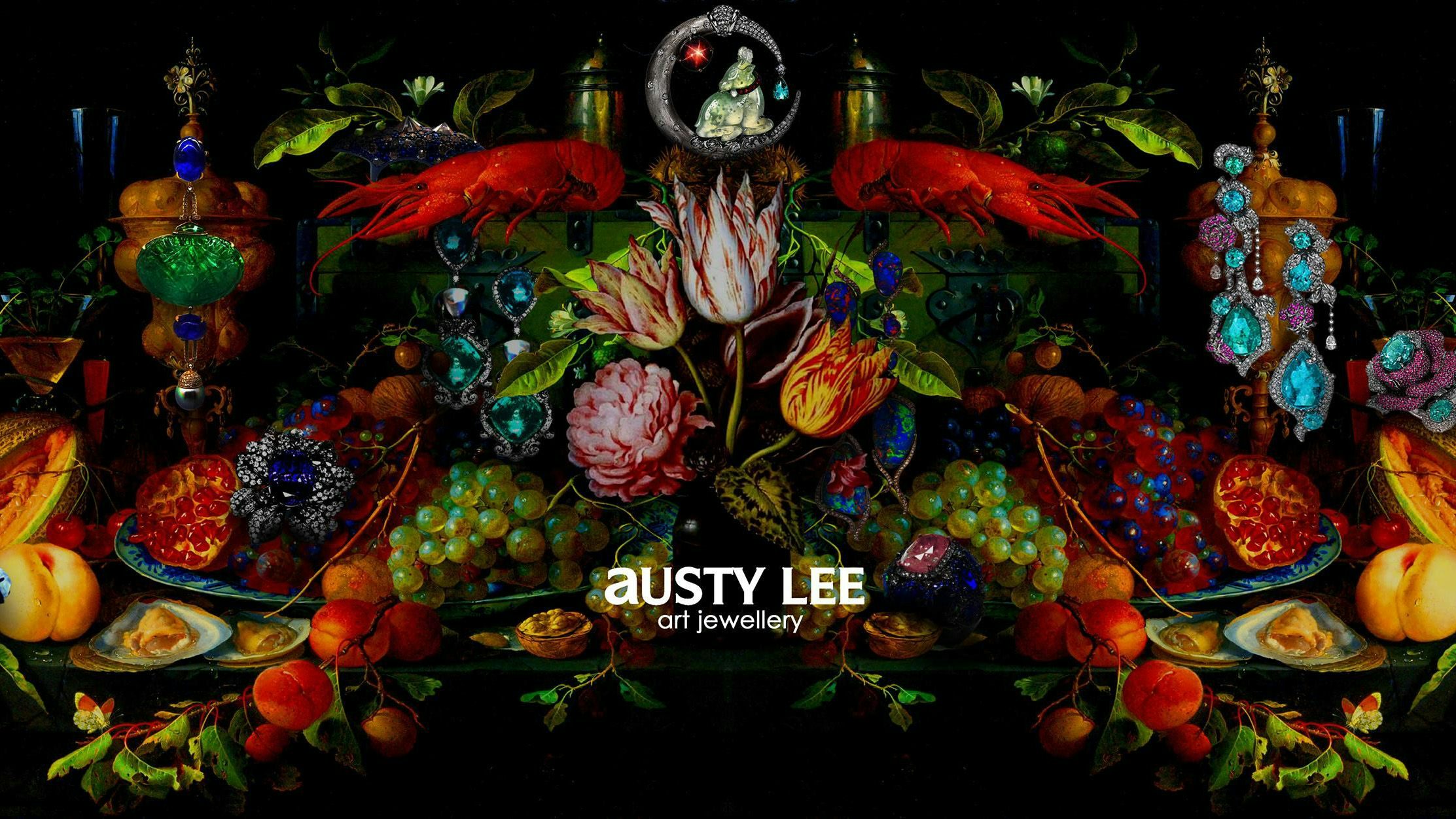This report is the first in Jing Daily’s New Chinese Consumer series that explores China’s evolving hard luxury industry.
China's astounding economic ascent over the past 30 years has transformed the global luxury market. Historically, every era witnesses a defining consumer market that shapes luxury trends. In the early 20th century, it was the US; in the 1960s, it was Japan; and now it's China.
Thanks to economic reforms initiated in the late 1970s, Chinese consumers are now digitally advanced, brand-savvy, and value-conscious. And while they were once onlookers in the European-dominated luxury landscape, they are now set to lead the luxury consumption charts, accounting for a whopping 25 percent of global luxury market share by 2025.
However, for Chinese millennials, foreign luxury brands aren’t a novelty. They've grown up with bustling malls replete with international brands. The challenge now for veteran luxury brands in China is to maintain their allure amidst emerging homegrown brands, global competitors, and a robust second-hand market.
While the presence of global luxury brands is growing in China, the larger question is: where and how? Is the answer expanding aggressively across emerging cities or focusing on flagship stores in established urban centers? And what are the implications of China's common prosperity policy for luxury consumption? Yet, demand for luxury goods and services remains undiminished.
Recent figures testify to China's burgeoning luxury market. As per a 2023 PwC report, by 2025, China's luxury market could soar to 112 billion, potentially making it the global leader, overshadowing both Europe and the US. From 2019 to 2021, Chinese luxury spending doubled, reflecting a parallel rise in household disposable incomes.
By 2025, China's luxury market could soar to 112 billion, potentially making it the global leader, overshadowing both Europe and the US.
The post-Covid-19 era has been particularly telling. China’s aggressive "zero-Covid" strategy, characterized by stringent lockdowns and strict border regulations, inevitably hampered luxury sales. However, as the nation emerges from the pandemic’s shadows, luxury brands are witnessing a rebound. Surveys suggest demand for luxury goods is robust, especially during festive times like the Lunar New Year. In fact, a recent survey of Chinese consumers revealed that half had splurged more than 1,162 on luxury fashion in the early months of this year.
China's love affair with hard luxury, especially jewelry, spans centuries. While the era of Mao Zedong saw a lull, the subsequent years witnessed a sharp rise in demand for luxury watches and jewelry. In four decades, the fine jewelry market skyrocketed from a mere 100 million in 1980 to an eye-watering 100 billion by 2020.
The tastes of Chinese luxury consumers have evolved. While the focus before was on 24-karat gold, today, diamonds, other gemstones, and platinum have entered the mix. Similarly, in the world of horology, while Swiss watches continue to be favored, a discerning Chinese clientele is also exploring non-Swiss and indigenous brands.
Covid-19 turned the spotlight back on local brands. Restricted international travel meant that Chinese luxury enthusiasts had to shop domestically. This has brought attention and business to brands that optimized their domestic presence during the pandemic.
In 2023, China's luxury shopping spree is projected to surge by 20 percent. And as international borders reopen, Chinese tourists are also resuming their luxury shopping in neighboring Asian countries.
In conclusion, China's hard luxury market, rooted in history but fueled by recent economic growth and evolving consumer preferences, is a dynamic landscape. It offers brands willing to understand and adapt to its intricacies both challenges and boundless opportunities.


